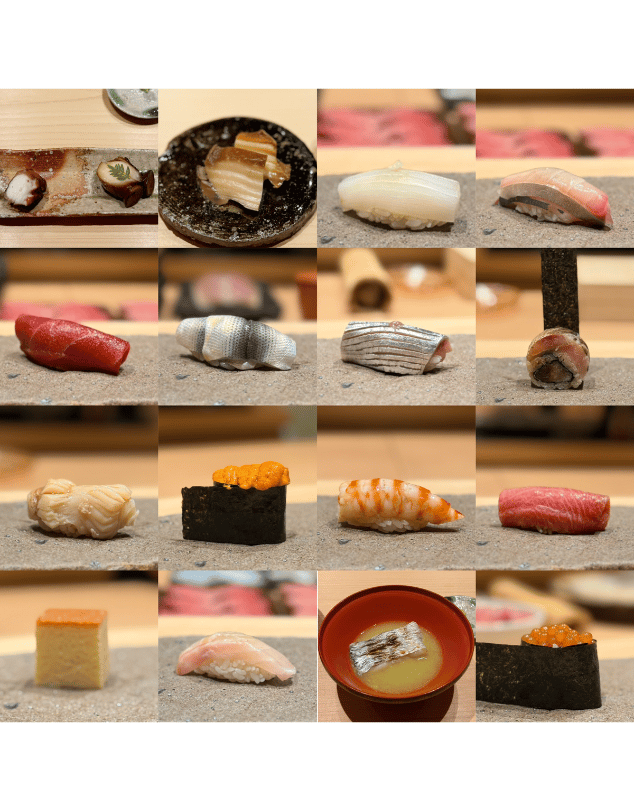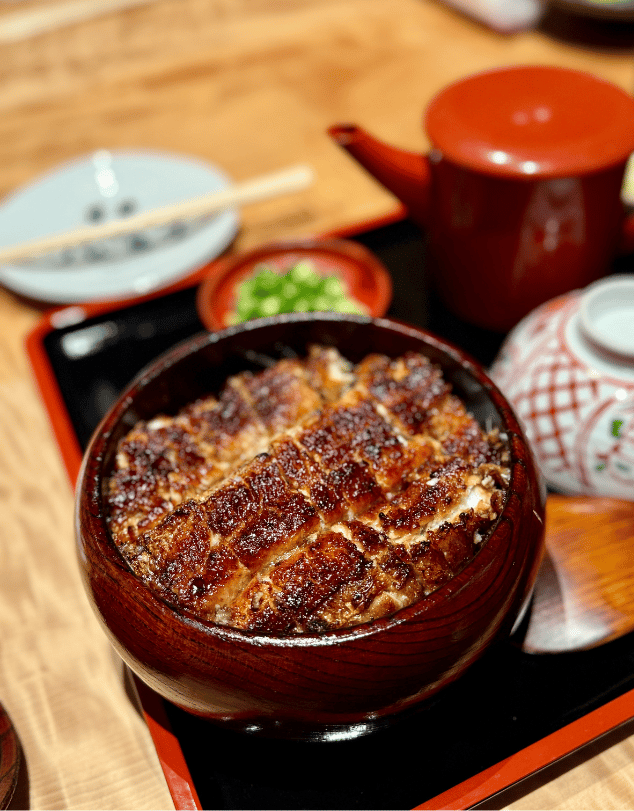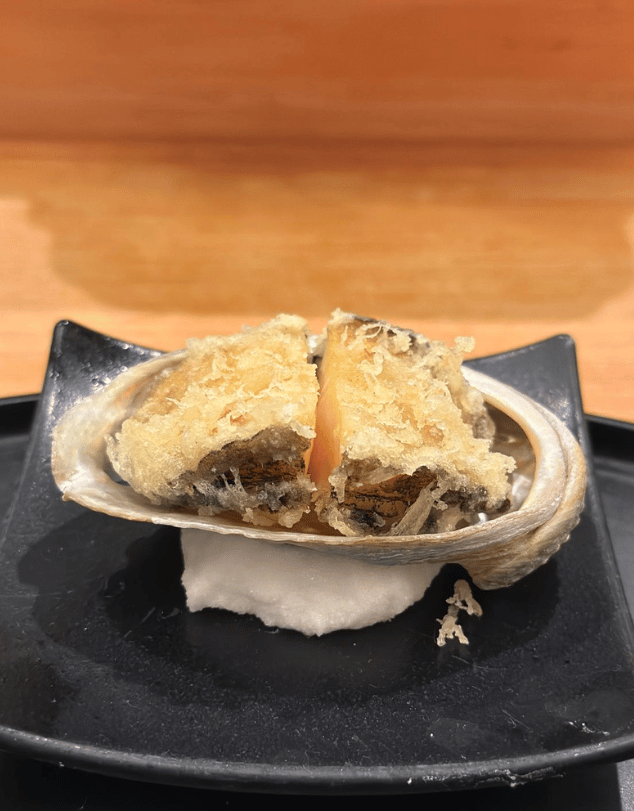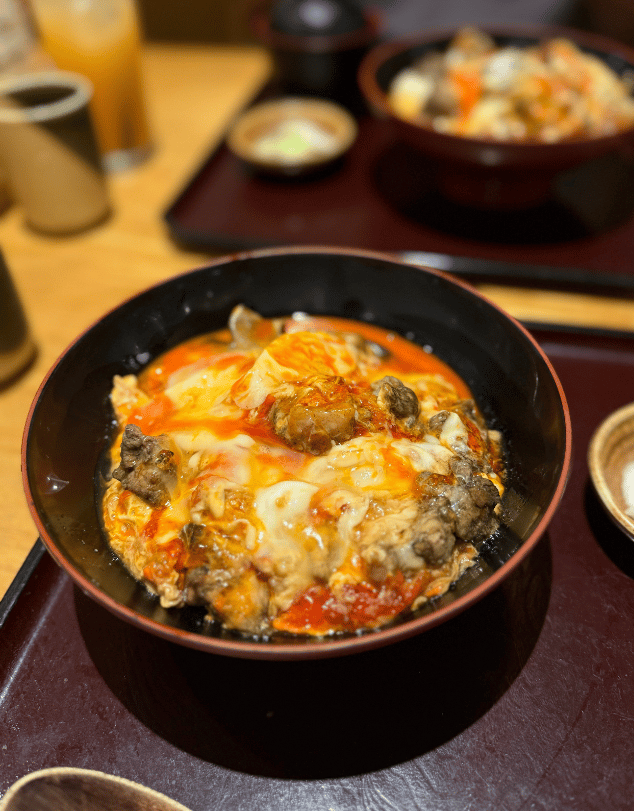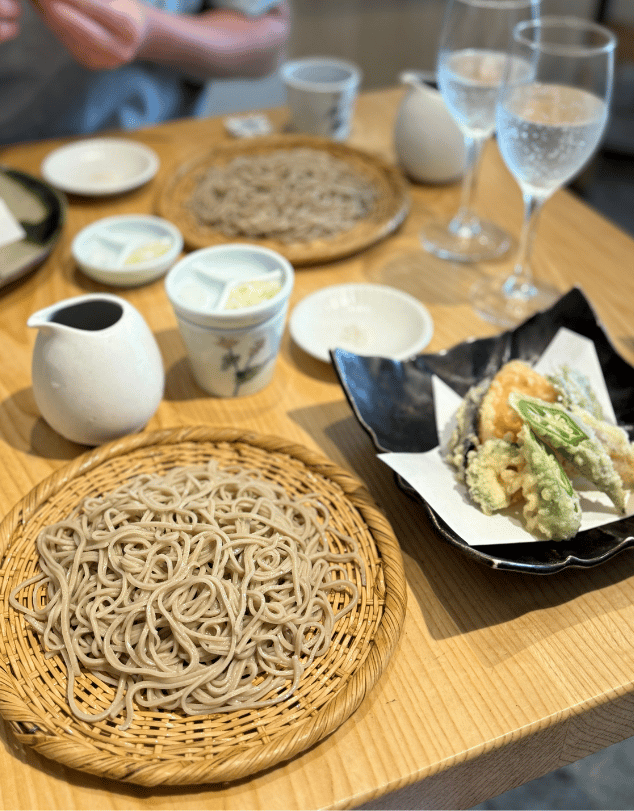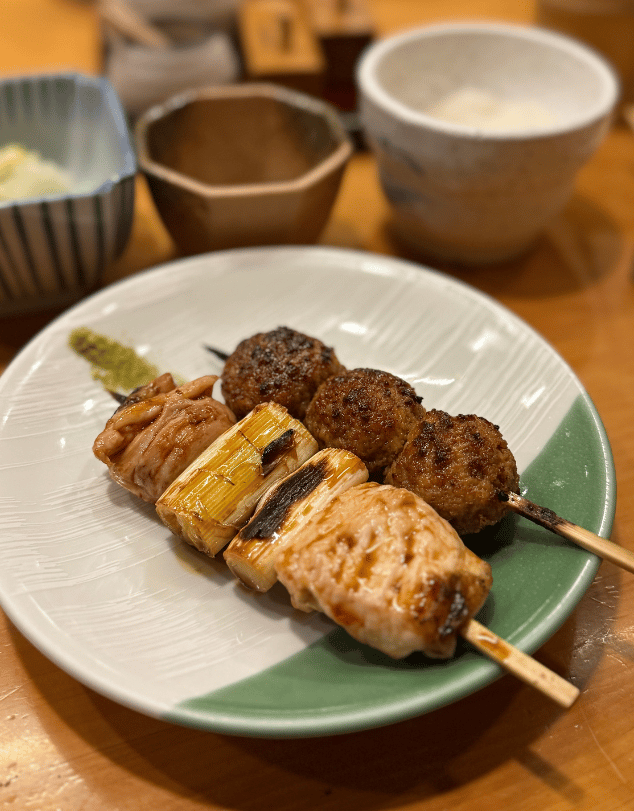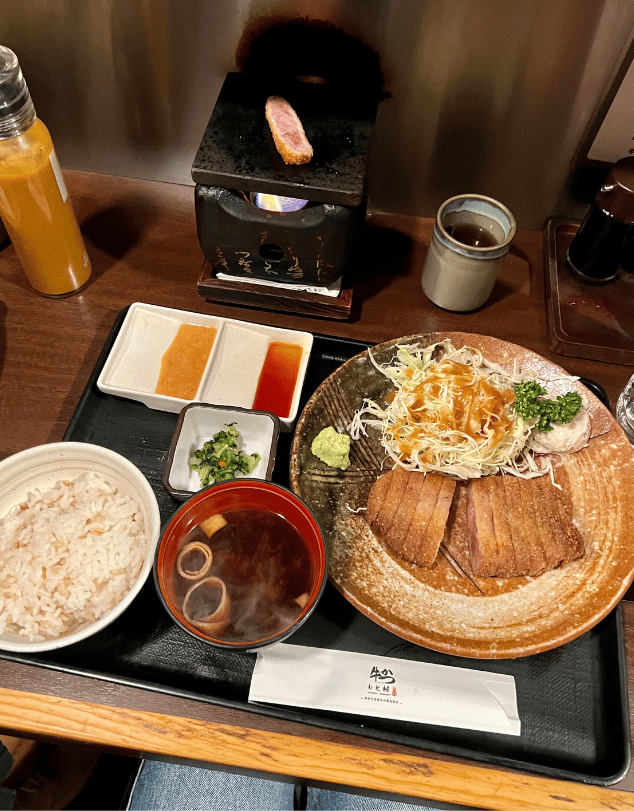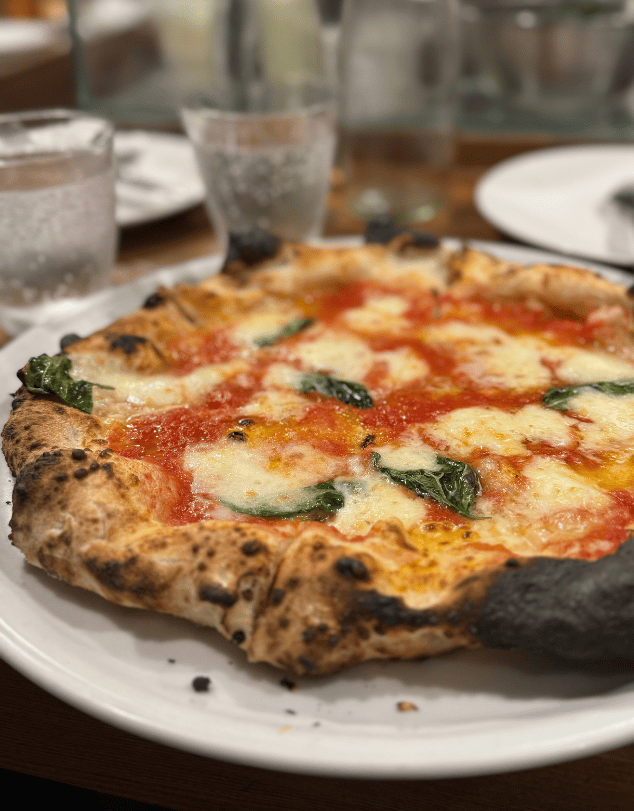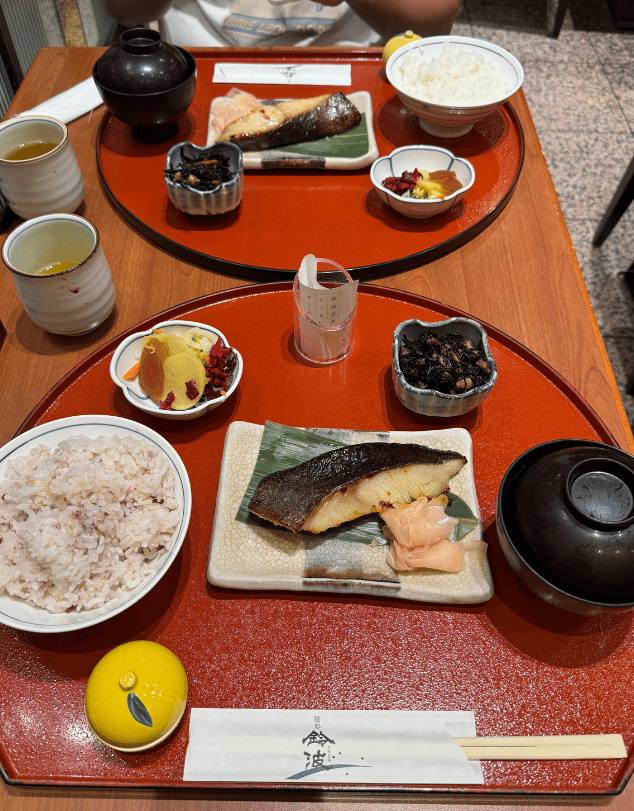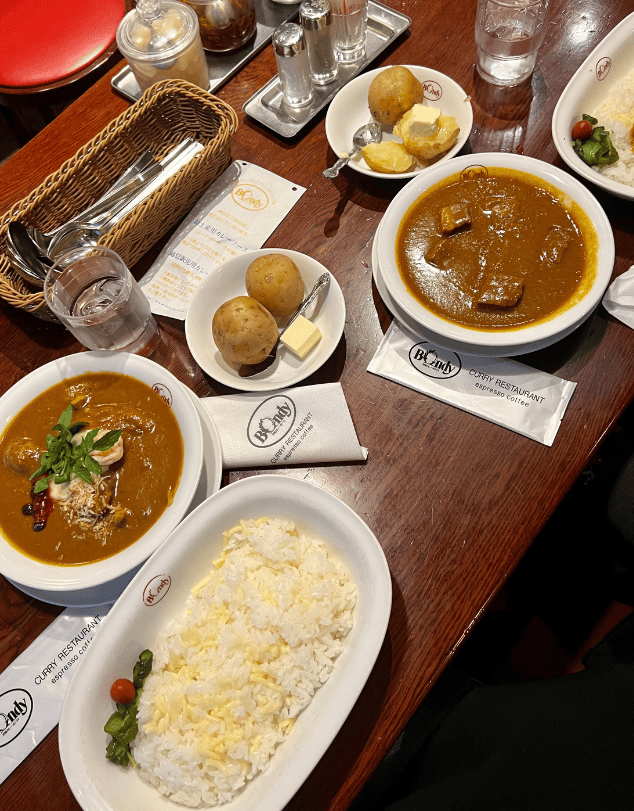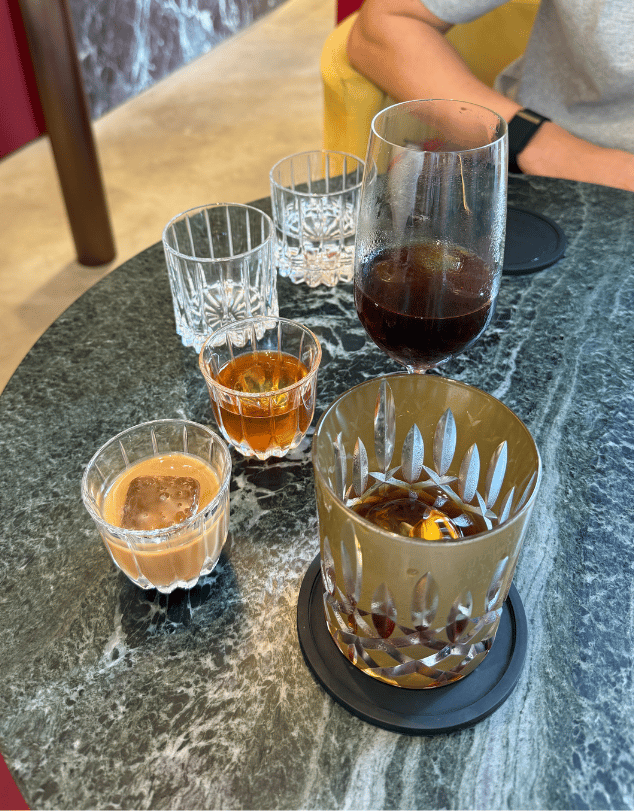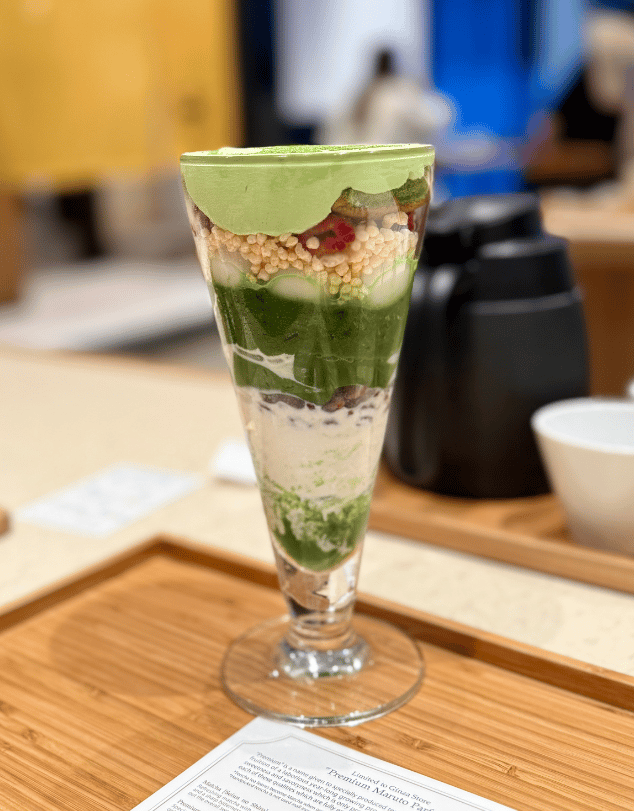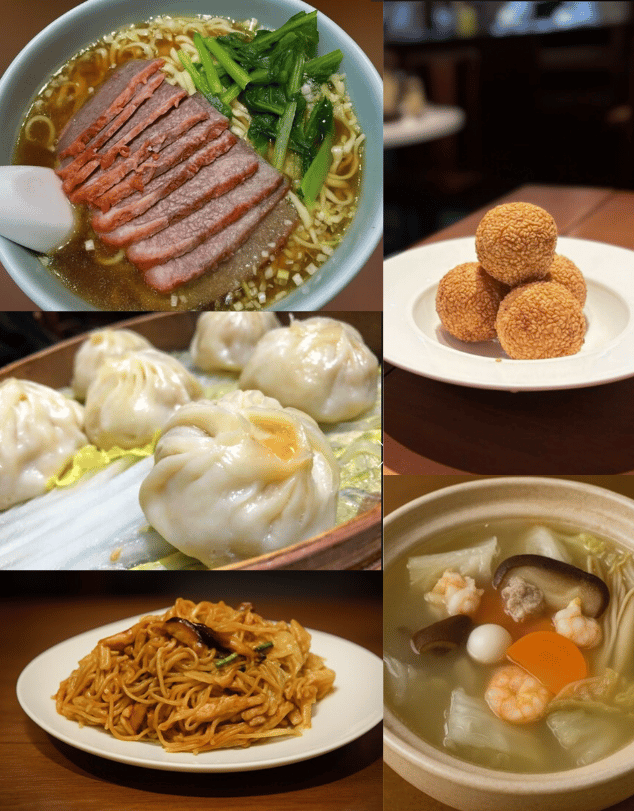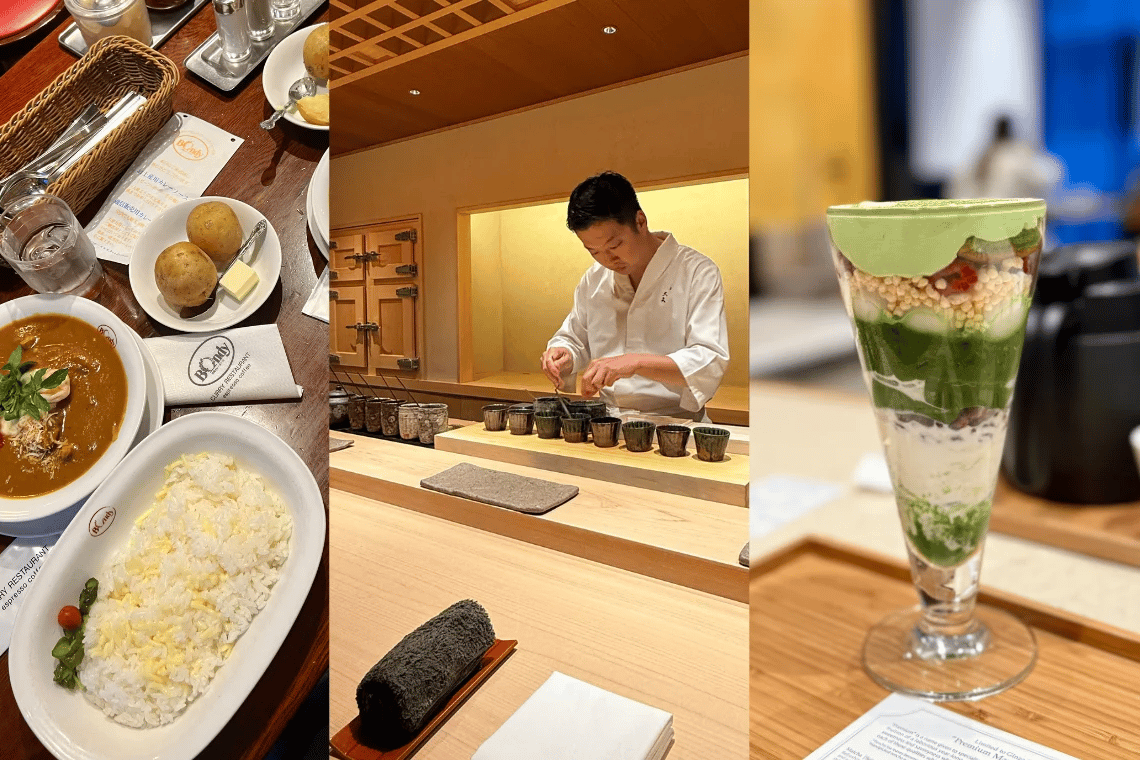
If you want to support independent women's media, become a Mamamia subscriber. Get an all-access pass to everything we make, including exclusive podcasts, articles, videos and our exercise app, MOVE.
If there's one thing Tokyo (and Japan in general) is famous for, it's the food. Every street, shopping centre and building is packed with an abundance of options. It's a seemingly never-ending supply of the freshest produce, all cooked, cut and presented in ways that are as beautiful as they are delicious.
But despite all these choices, tourists end up spending their entire trip trying only the TikTok-famous spots (hello, Tsukiji Market and Ichiran), and miss out on the hidden gems locals swear by.
WATCH: Amy Clark shares her must-pack travel essentials you've probably never thought of. Post continues below.
I've been lucky enough to visit Tokyo regularly, as my boyfriend flies there once a month for work. His family members have lived in Tokyo for years, and his local friends know every backstreet eatery, café and izakaya — the ones you'd never physically or virtually stumble across on your own.
From spending time with them, I've learned that Tokyo locals eat very differently from the average tourist. Forget conveyor-belt sushi, Instagram-famous ramen, Shibuya tourist traps or 7-11 sandos (although I very much love convenience store food). The real Tokyo eats elsewhere.

